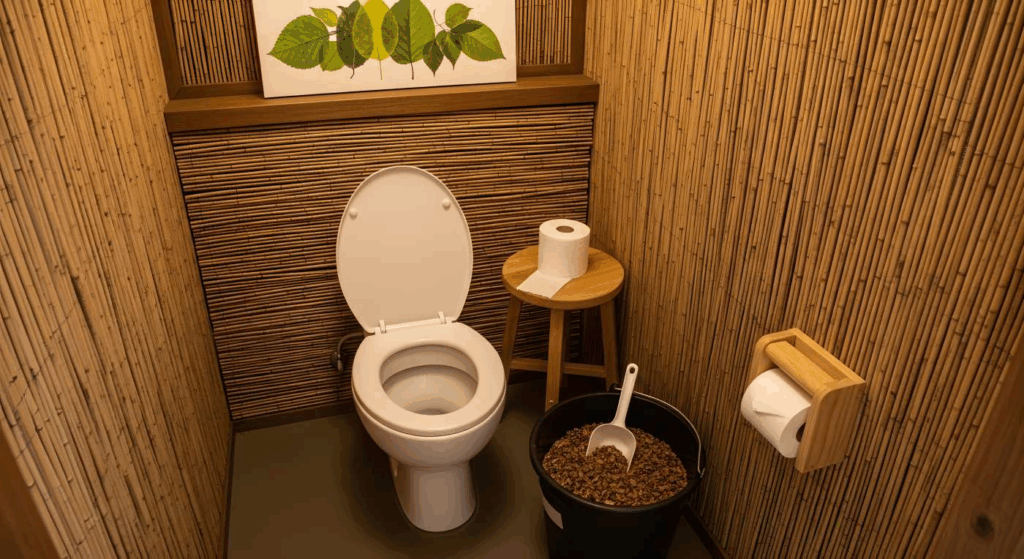Today, the search for sustainable alternatives to everyday products has become paramount. Traditional materials like plastic, hardwood, and cotton typically carry a heavy environmental cost, contributing to deforestation, pollution, and excessive carbon emissions. This global shift in awareness has catalyzed a renaissance for one of nature’s most versatile and ancient resources: bamboo. This remarkable grass is increasingly being recognized not merely as an alternative, but as a foundational pillar for a more sustainable future, offering a compelling solution across numerous industries from construction to consumer goods.
Read on to learn why bamboo products are the future of sustainable living.
The Unmatched Renewable Properties of Bamboo
At the core of bamboo’s sustainability credentials is its extraordinary biology. Bamboo is the fastest-growing plant on Earth, unlike hardwood trees such as oak or maple, which can require several decades to reach maturity. Certain species can grow up to three feet in a single day, reaching harvestable maturity in three to five years. This rapid growth cycle allows frequent harvesting without replanting, as the root system remains intact and continuously produces new shoots. This characteristic can make bamboo a highly efficient and renewable crop.
Furthermore, bamboo cultivation has a significantly positive environmental impact. A bamboo forest is a powerful carbon sink, absorbing carbon dioxide and releasing over 30% more oxygen into the atmosphere than an equivalent stand of hardwood trees. It also requires minimal intervention to thrive as it needs no fertilizers or pesticides and sustains itself primarily on natural rainfall, reducing its agricultural footprint considerably.
This combination of rapid renewability and low resource input can establish bamboo as a superior raw material from an ecological perspective. Lastly, adopting everyday items like bamboo toilet paper can exemplify this shift towards more responsible consumption.
Versatility Across Industries

The potential applications for bamboo are vast and continually expanding, demonstrating its role as a viable replacement for less sustainable materials in nearly every aspect of daily life. Some bamboo applications include:
Construction and Architecture
Bamboo’s tensile strength, which rivals that of steel, and its impressive weight-to-strength ratio can make it an excellent building material. It’s used for structural elements, flooring projects, fencing, and even entire buildings, offering a sustainable and durable alternative to concrete and steel, which have high embodied energy costs.
Textiles and Fabrics
Bamboo fiber can be processed to create a soft, breathable, and biodegradable fabric. Bamboo clothing, bedding, and bamboo paper towels are becoming increasingly popular as sustainable alternatives to conventional cotton, which is notoriously water-intensive and often treated with harmful chemicals.
Consumer Goods and Packaging
From bamboo cutting boards and bamboo kitchenware to sunglasses and watches, this plant’s aesthetic appeal and durability have made it a favorite in the consumer goods market. Perhaps most critically, it’s a key material in the fight against plastic pollution. It’s being used to produce biodegradable food containers, straws, and packaging materials that can break down naturally, unlike their petroleum-based counterparts.
Economic and Social Implications
The bamboo industry carries significant socio-economic benefits, particularly for developing economies in Asia, Africa, and Latin America where bamboo thrives. Cultivation and processing can provide sustainable livelihoods for local communities, fostering rural development and economic stability.
Because bamboo can be grown on marginal lands that are unsuitable for other crops, it doesn’t compete with food production and can even help reverse soil erosion and rehabilitate degraded land. This can create a virtuous cycle where environmental restoration and economic opportunity are intrinsically linked, empowering communities to prosper through stewardship of their natural resources.
Addressing Challenges and the Path Forward
Despite its many advantages, the bamboo industry isn’t without its challenges. Turning raw bamboo into certain products, like fabric, can involve chemical-intensive methods if not carefully managed. However, technological advancements are leading to more closed-loop systems where solvents are recycled, and the adoption of mechanical processes is increasing. For consumers, the key is to support transparent brands about their sourcing and manufacturing, opting for products certified by reputable organizations that verify sustainable and ethical practices.
Additionally, the future of sustainable living depends on a collective transition to materials that work in harmony with the planet rather than depleting it. Bamboo, with its renewable properties, immense versatility, and positive socio-economic impact, stands out as a cornerstone of this new paradigm. Its integration into mainstream markets can signal a growing recognition that sustainability and quality are not mutually exclusive.
As bamboo innovation continues to unlock new applications and improve production methods, this plant is poised to move from a niche alternative to a default choice, fundamentally reshaping material economies and paving the way for a more resilient and sustainable future.
Conclusion
Considering the information presented above, embracing bamboo products represents a tangible and impactful step for individuals and industries alike. This collective adoption can foster a culture of mindful consumption, proving that everyday choices can cultivate a healthier planet for future generations.

